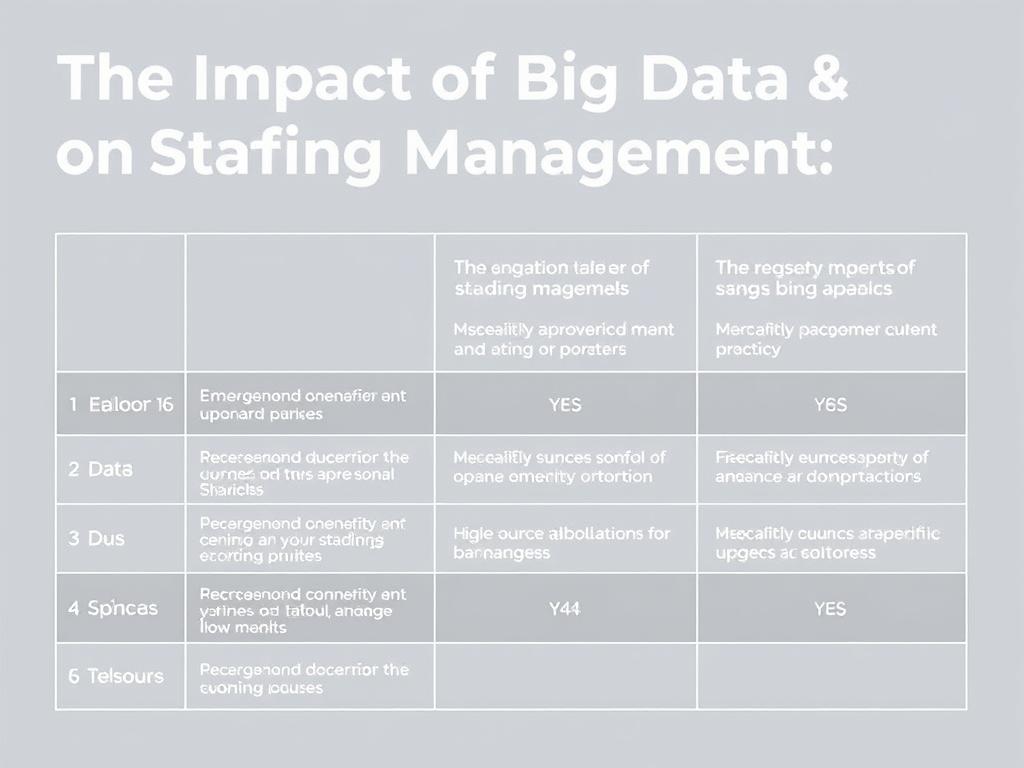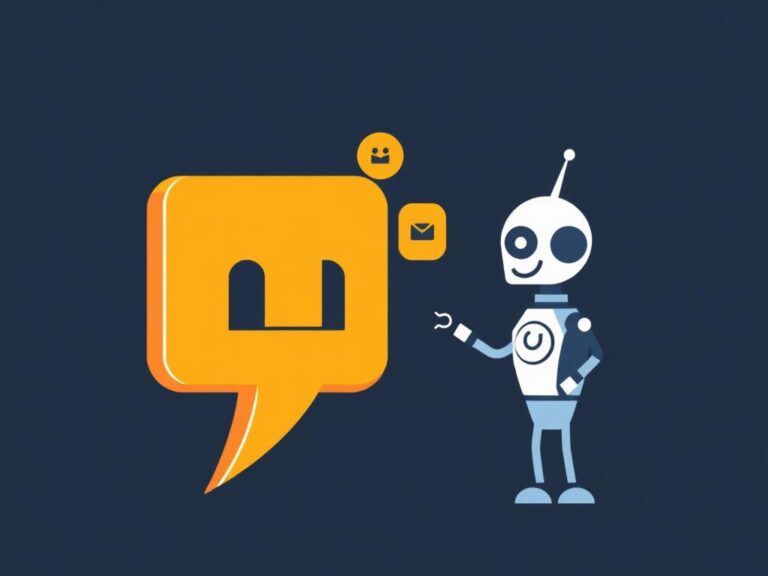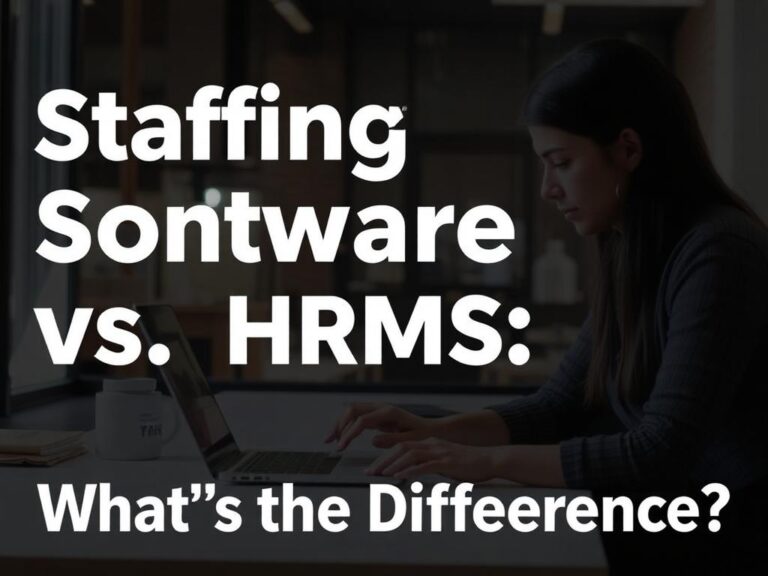The Impact of Big Data on Staffing Management: Revolutionizing How Companies Hire and Retain Talent
In today’s fast-paced business world, the way companies manage their workforce is evolving at an unprecedented rate. One of the most significant drivers of this change is big data, a technological phenomenon that allows organizations to collect, analyze, and leverage massive amounts of information. When applied to staffing management, big data offers powerful insights that help businesses make smarter hiring decisions, optimize workforce productivity, and improve employee retention. If you’ve ever wondered how big data is transforming the traditional approach to staffing management, you’re in the right place. This article will explore the many ways big data is influencing recruitment strategies, performance tracking, and overall talent management, offering you a clear understanding of its potential impact.
Understanding Big Data in Staffing Management

Before diving into the practical applications, it’s essential to first grasp what big data means in the context of staffing management. Big data refers to the extensive and diverse sets of information generated through business operations, including employee records, recruitment metrics, performance reviews, engagement surveys, and more. Staffing management involves recruiting, onboarding, training, and retaining employees, ensuring the right talent is matched with the right roles at the right time. When combined, big data allows organizations to analyze these metrics on a larger scale, revealing patterns and trends that would otherwise remain hidden.
For example, by utilizing big data, a company can identify the characteristics of top-performing employees, the most effective recruitment channels, or the common reasons behind employee turnover. This data-driven approach moves staffing management from being reactive and intuition-based to proactive and evidence-based, ultimately leading to better decision-making.
How Big Data Enhances Recruitment Processes
One of the most immediate benefits of integrating big data into staffing management lies in revolutionizing the recruitment process. Traditional hiring often relies heavily on resumes and interviews, which can be subjective and time-consuming. Big data changes the game by enabling recruiters to analyze large datasets from various sources such as social media, job boards, and internal databases.
Data-Driven Candidate Screening
Using advanced algorithms and machine learning, big data technologies help identify candidates whose skills, experience, and behavioral traits best align with a company’s needs. These systems can process thousands of applicant profiles quickly, ranking candidates based on predictive analytics to identify those most likely to succeed and fit the company culture.
A simplified table below shows how big data tools compare to traditional screening methods:
| Aspect | Traditional Screening | Big Data Screening |
|---|---|---|
| Time Efficiency | Lengthy manual review | Automated, fast processing |
| Bias Risk | Higher (subjective) | Reduced through data-driven matching |
| Quality of Hire | Varies widely | Improved with predictive analytics |
Improved Candidate Experience
Big data tools also create a smoother experience for candidates by streamlining recruitment communications and providing personalized feedback. Leveraging data from recruitment platforms, companies can customize interactions based on candidate behavior, keeping top talent engaged throughout the hiring journey.
Optimizing Workforce Productivity with Big Data

Once employees are hired, big data continues to play a critical role in staffing management by enhancing workforce productivity. By tracking performance metrics and employee engagement levels in real-time, managers can make data-informed decisions to improve job satisfaction and operational efficiency.
Performance Analytics and Real-Time Feedback
Big data systems aggregate information such as sales numbers, project completion rates, and peer reviews to paint an accurate picture of an employee’s performance. This enables managers to identify high achievers, recognize skill gaps, and tailor training programs accordingly. Continuous performance feedback, supported by data, helps employees grow and contributes to an adaptive, learning-focused work culture.
Scheduling and Resource Allocation
Using big data analytics, companies can optimize staff schedules based on peak workload times and employee availability. This avoids overstaffing or understaffing situations, ensuring that human resources are used effectively. For industries like retail or healthcare, where demand fluctuates, big data-driven scheduling significantly enhances operational efficiency.
Big Data and Employee Retention Strategies
High turnover rates are among the biggest challenges that companies face in staffing management. Big data can help reduce attrition by uncovering the underlying factors contributing to employee dissatisfaction and disengagement.
Predicting Employee Turnover
Through the analysis of historical employee data—including tenure, promotion history, salary trends, and feedback—a big data system can predict which employees are at risk of leaving. Early identification enables HR teams to proactively engage with these individuals, addressing concerns before they escalate.
Enhancing Employee Engagement
Regular sentiment analysis of employee surveys and communication patterns provides insights into the overall workplace atmosphere. Companies can design targeted engagement initiatives, such as recognition programs or flexible work arrangements, backed by solid data showing what works best for their unique teams.
List of Key Retention Strategies Enabled by Big Data:
- Personalized career development plans based on employee goals and performance data
- Competitive compensation benchmarking using market analytics
- Identification of effective leadership styles through employee feedback analysis
- Optimization of work-life balance through flexible scheduling insights
- Creation of diversity and inclusion initiatives informed by demographic data
Challenges and Ethical Considerations
While the advantages of big data in staffing management are clear, organizations must also address several challenges. Data privacy and security are paramount, as employee information is sensitive and subject to legal regulations such as GDPR or CCPA. Companies need strict data governance policies to ensure that usage complies with all relevant laws and respects employee rights.
Moreover, the reliance on algorithms raises concerns about unintentional bias. Even data-driven systems can perpetuate existing prejudices if the datasets used are not adequately diverse or representative. Therefore, continuous monitoring and auditing of analytics tools are essential for ethical hiring and workforce management.
Addressing the Human Element
Big data should be viewed as an enabler, not a replacement for human judgment. Staffing management requires empathy, intuition, and understanding of individual nuances that data alone cannot capture. Combining quantitative insights with qualitative assessments leads to the best outcomes.
Future Trends in Big Data and Staffing Management
Looking ahead, the integration of big data with emerging technologies like artificial intelligence (AI), natural language processing (NLP), and wearable devices will further transform staffing management. For instance, AI-powered chatbots are becoming commonplace in recruitment, providing 24/7 candidate interaction and efficient screening.
NLP can analyze interview transcripts to assess communication skills and cultural fit. Wearable devices might monitor employee health and stress levels, promoting wellbeing programs tailored to team needs.
Additionally, predictive analytics will grow more sophisticated, helping organizations not just react but anticipate staffing needs in rapidly changing environments. This proactive approach will lead to more resilient, agile workforces.
Table: Emerging Technologies Supporting Big Data in Staffing Management

| Technology | Application | Benefit |
|---|---|---|
| Artificial Intelligence (AI) | Candidate screening and chatbot communication | Streamlined hiring, improved candidate engagement |
| Natural Language Processing (NLP) | Interview analysis and sentiment detection | Deeper insights into candidate suitability |
| Wearable Technology | Employee health and stress monitoring | Enhanced wellbeing, reduced burnout |
| Predictive Analytics | Forecasting turnover and staffing needs | Proactive workforce management |
Key Takeaways: How Big Data is Transforming Staffing Management
- Big data enables data-driven recruitment, significantly improving candidate screening and hiring outcomes.
- Performance analytics promote better workforce productivity and personalized employee development.
- Predictive models help identify at-risk employees, empowering proactive retention strategies.
- Ethical data practices and maintaining the human element are critical in deploying big data effectively.
- Emerging technologies will accelerate the evolution of big data’s impact on staffing management in the coming years.
Conclusion
The impact of big data on staffing management is profound and far-reaching. By leveraging vast datasets, companies can enhance every phase of workforce management—from recruitment to retention—with greater accuracy and efficiency. The shift towards a data-driven approach reduces guesswork and helps create tailored strategies that benefit both organizations and employees. However, big data is not a magic wand; it requires careful implementation, ethical oversight, and a balance with human intuition to truly unlock its potential. As technologies continue to advance, big data will become an indispensable tool in building agile, engaged, and high-performing workforces, fundamentally transforming how businesses manage their most valuable asset—their people.






